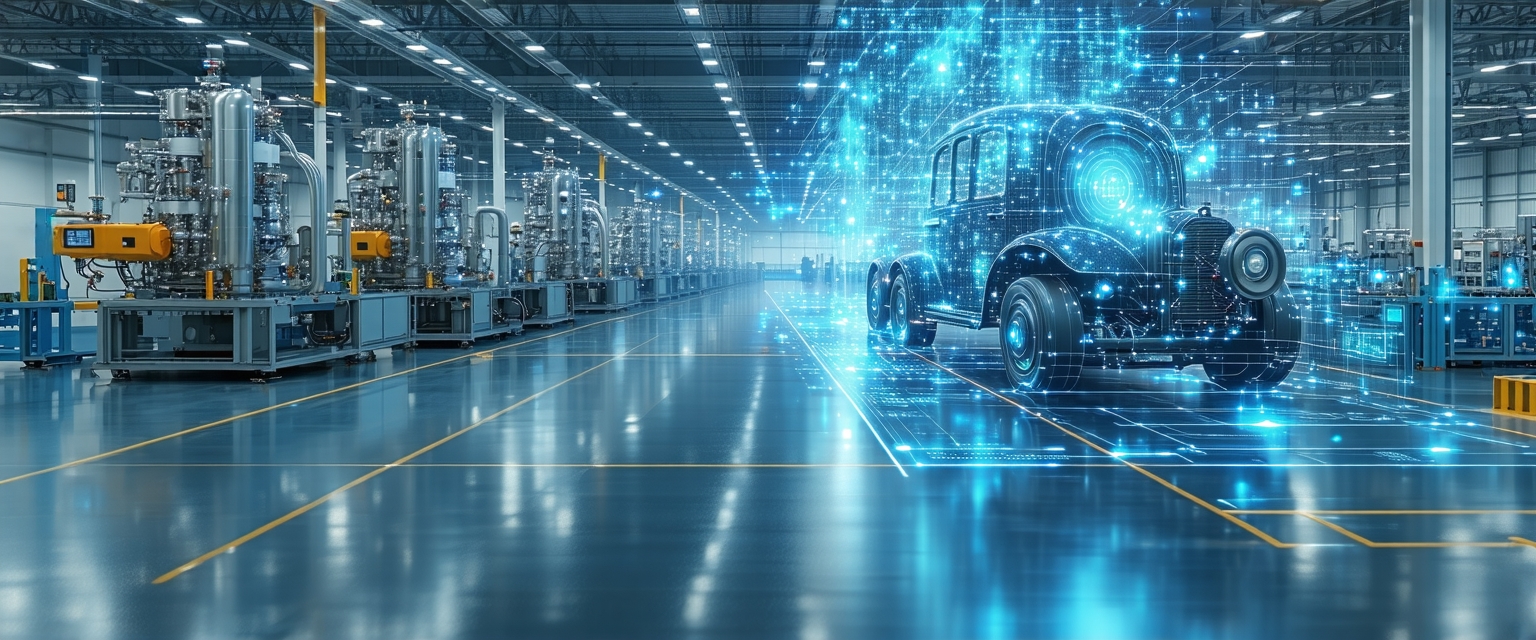






The smart manufacturing landscape is rapidly changing, driven by advancements in artificial intelligence (AI), machine learning (ML), and the Industrial Internet of Things (IIoT). Recent developments are significantly impacting production efficiency, sustainability, and overall competitiveness.
Smart manufacturing, also known as Industry 4.0, leverages digital technologies to optimize manufacturing processes. This includes connecting machines, analyzing data in real-time, and using predictive analytics to prevent downtime and improve quality. The integration of AI and ML has been a crucial catalyst for progress in this field.
Traditional manufacturing often relies on reactive maintenance, responding to problems only after they occur. Smart manufacturing enables proactive maintenance, predicting potential failures based on data analysis and allowing for scheduled repairs, minimizing disruptions.
Recent breakthroughs involve the application of advanced AI algorithms to optimize complex manufacturing processes. We are seeing more sophisticated predictive modeling, enabling manufacturers to forecast demand more accurately and adjust production accordingly. This minimizes waste and improves resource allocation.
Furthermore, advancements in robotics and automation, guided by AI, are leading to more flexible and adaptable production lines. Robots are increasingly capable of handling complex tasks, requiring less human intervention and accelerating production cycles. The use of digital twins—virtual representations of physical assets—is also gaining traction, allowing for simulations and optimizations before implementation in the real world.
The impact of these developments is substantial. Companies are experiencing increased productivity, reduced operational costs, and improved product quality. Supply chain resilience is enhanced through better forecasting and optimized logistics. Moreover, smart manufacturing practices contribute to a more sustainable approach to production, minimizing waste and energy consumption.
The improved data visibility and analytical capabilities also empower manufacturers to make informed decisions, respond quickly to market changes, and gain a competitive edge in a dynamic global landscape.
The future of smart manufacturing lies in further integration of technologies like edge computing (processing data closer to the source), blockchain for enhanced supply chain transparency, and augmented reality (AR) for improved worker training and collaboration. Expect to see even more sophisticated AI models and wider adoption of digital twins.
The focus will increasingly be on cybersecurity to protect the interconnected systems and data. The development of standardized communication protocols will be essential for seamless integration and interoperability across different manufacturing systems.